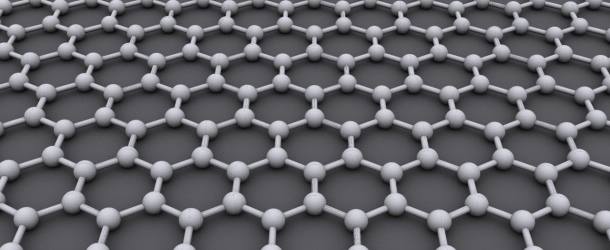Graphene-Based Qubits Represents Step Toward Practical Quantum Computing

(MITNews) For the first time, researchers have recorded the “temporal coherence” of a graphene qubit — meaning how long it can maintain a special state that allows it to represent two logical states simultaneously. The demonstration, which used a new kind of graphene-based qubit, represents a critical step forward for practical quantum computing.
To fabricate their qubit, the researchers turned to a class of materials, called van der Waals materials — atomic-thin materials that can be stacked like Legos on top of one another, with little to no resistance or damage. These materials can be stacked in specific ways to create various electronic systems.
“Our motivation is to use the unique properties of graphene to improve the performance of superconducting qubits,” says Joel I-Jan Wang, a postdoc in the Research Laboratory of Electronics (RLE) at MIT. “In this work, we show for the first time that a superconducting qubit made from graphene is temporally quantum coherent, a key requisite for building more sophisticated quantum circuits. Ours is the first device to show a measurable coherence time — a primary metric of a qubit — that’s long enough for humans to control.”



















